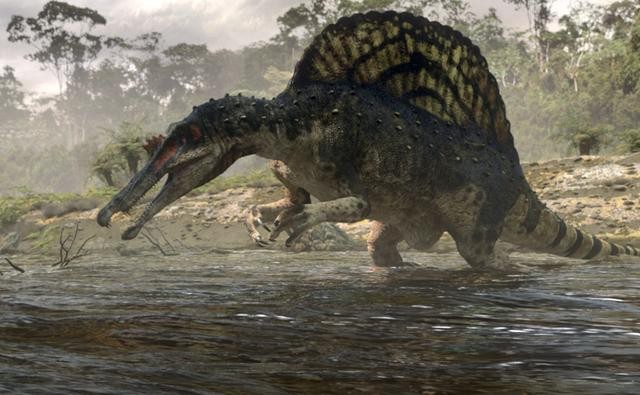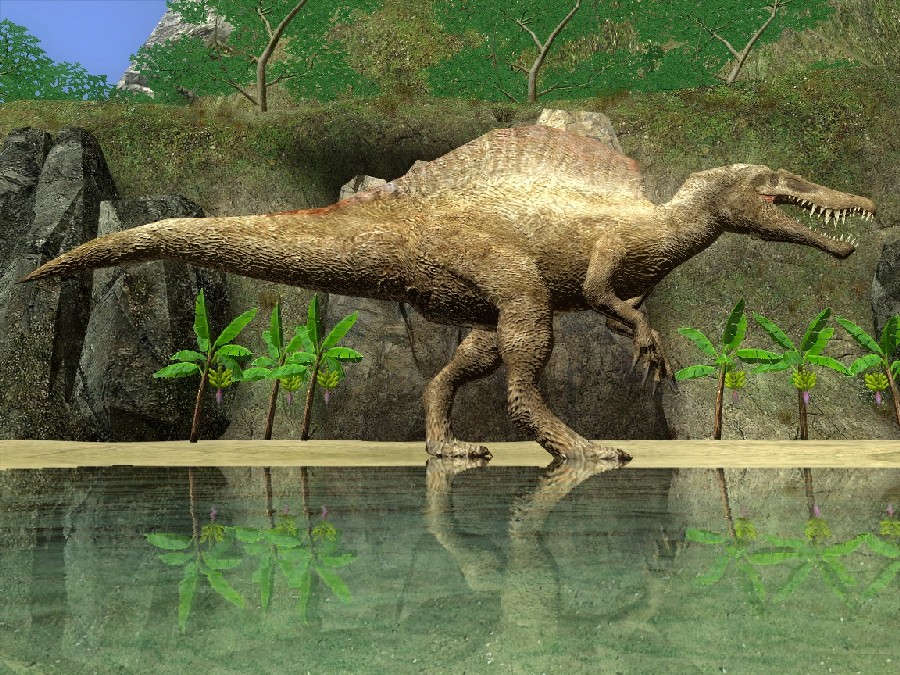Unravel the mysteries of the past as we delve into the fascinating world of the a Spinosaurus dinosaur. With its distinctive sail-like structure and formidable presence, this ancient creature continues to capture the imagination of researchers and enthusiasts alike.
1. Evolutionary Origins
The Spinosaurus, meaning “spine lizard,” roamed the Earth during the Cretaceous period, approximately 95 million years ago. Believed to be one of the largest carnivorous dinosaurs, it inhabited the lush river systems and coastal regions of what is now North Africa.
2. Unique Physical Characteristics
Standing out among its dinosaur counterparts, the Spinosaurus boasted a unique set of physical attributes. Its most prominent feature was the elongated sail-like structure protruding from its back, thought to have served various purposes such as thermoregulation and display. With a long, narrow skull filled with conical teeth, it was well-equipped for hunting aquatic prey.
3. Apex Predator of its Time
Evidence suggests that the Spinosaurus was an apex predator, dominating its ecosystem with its size and strength. Its robust forelimbs featured formidable claws, likely used for capturing and subduing prey. Fossilized remains of fish and other aquatic creatures found within its vicinity provide further insight into its hunting habits.
4. Controversies and Discoveries
The study of the Spinosaurus has not been without its controversies and debates. Initial reconstructions depicted it as a bipedal creature, akin to other theropod dinosaurs. However, recent discoveries, including a remarkably well-preserved fossil specimen, have challenged these assumptions, suggesting a more semiaquatic lifestyle and potentially quadrupedal movement.

5. Adaptations to Aquatic Environments
Recent research indicates that the Spinosaurus may have been uniquely adapted to a semiaquatic lifestyle, spending much of its time in waterways and marshlands. Its elongated snout and dense bones suggest adaptations for underwater hunting, similar to modern crocodiles.
6. Legacy and Cultural Impact
Despite its enigmatic nature, the Spinosaurus continues to captivate the public imagination through various forms of media, including books, films, and documentaries. Its portrayal as a fearsome predator in popular culture has solidified its place as one of the most iconic dinosaurs of all time.
7. Ongoing Research and Exploration
As scientific techniques and technologies continue to advance, our understanding of the Spinosaurus and its prehistoric world evolves. Ongoing research and fossil discoveries promise to unravel further mysteries surrounding this majestic dinosaur, shedding light on its behavior, ecology, and evolutionary significance.
A Spinosaurus dinosaur stands as a testament to the diversity and complexity of life that once inhabited our planet. Through diligent research and exploration, we continue to uncover the secrets of this ancient giant, offering glimpses into a bygone era of Earth’s history.




